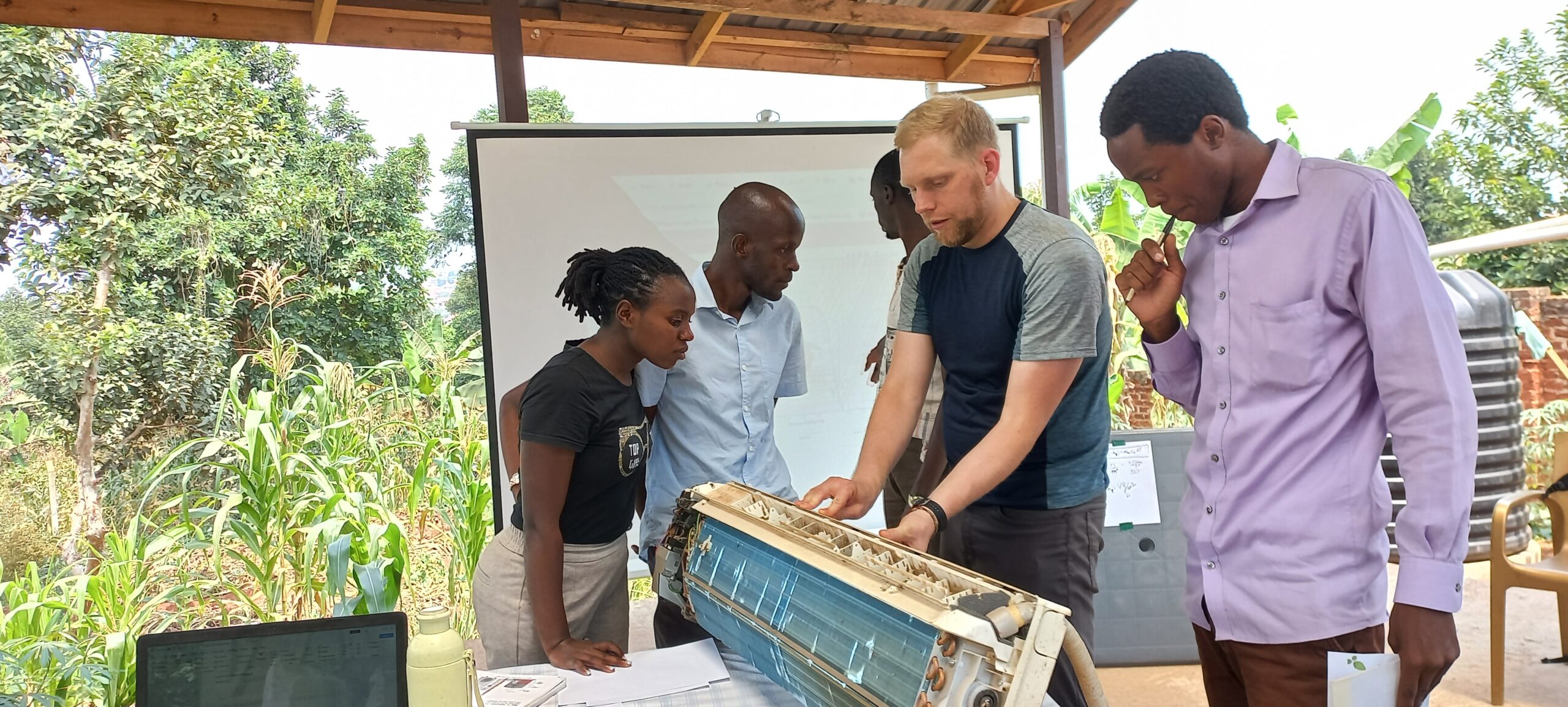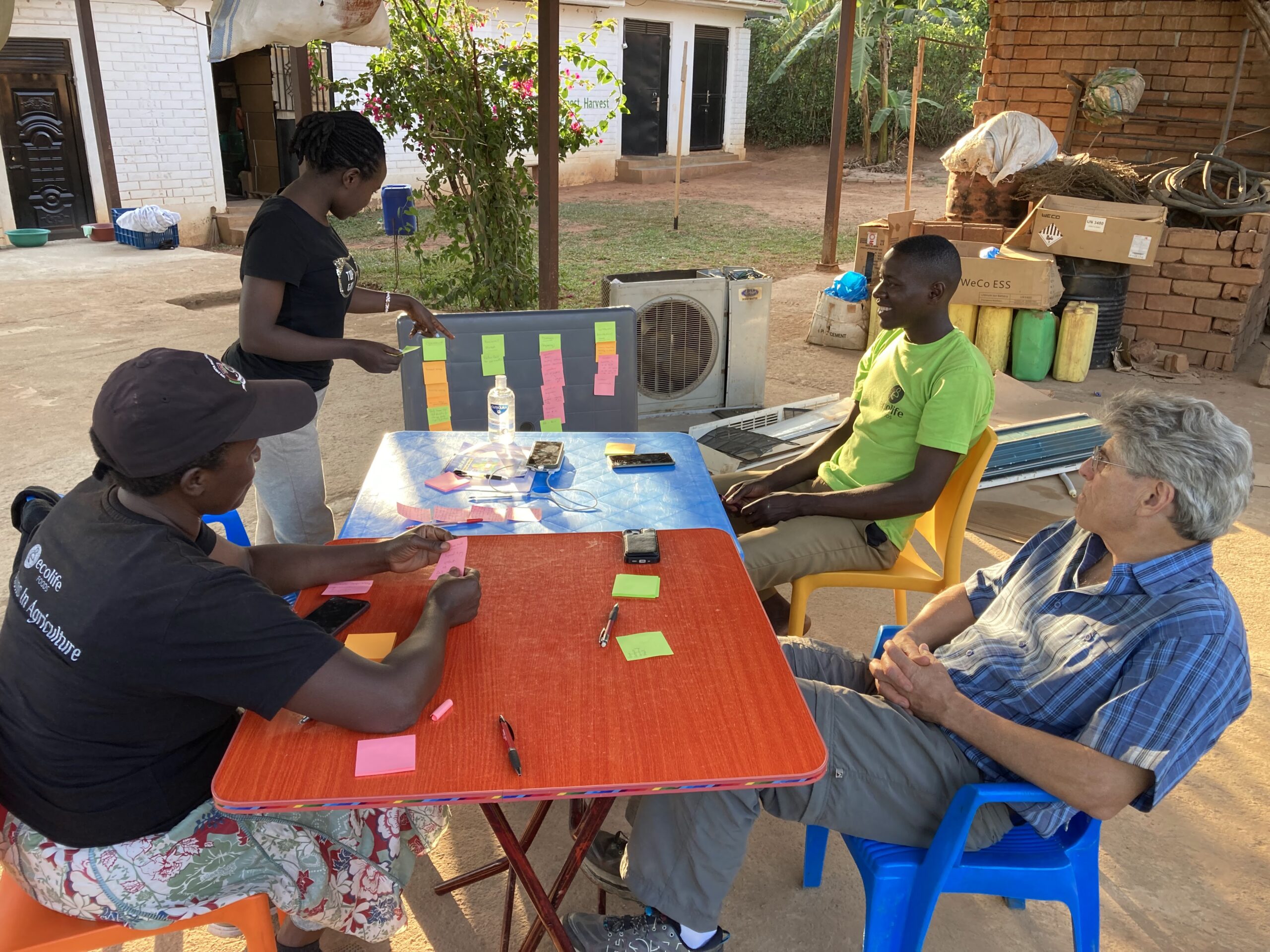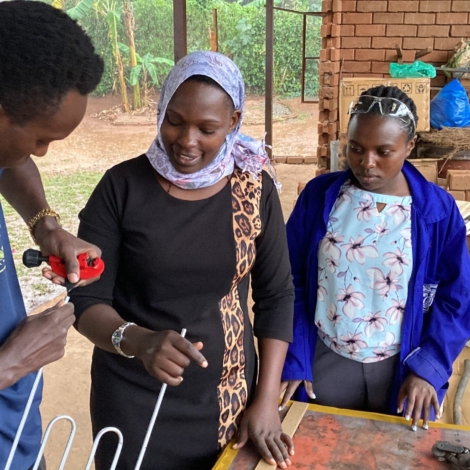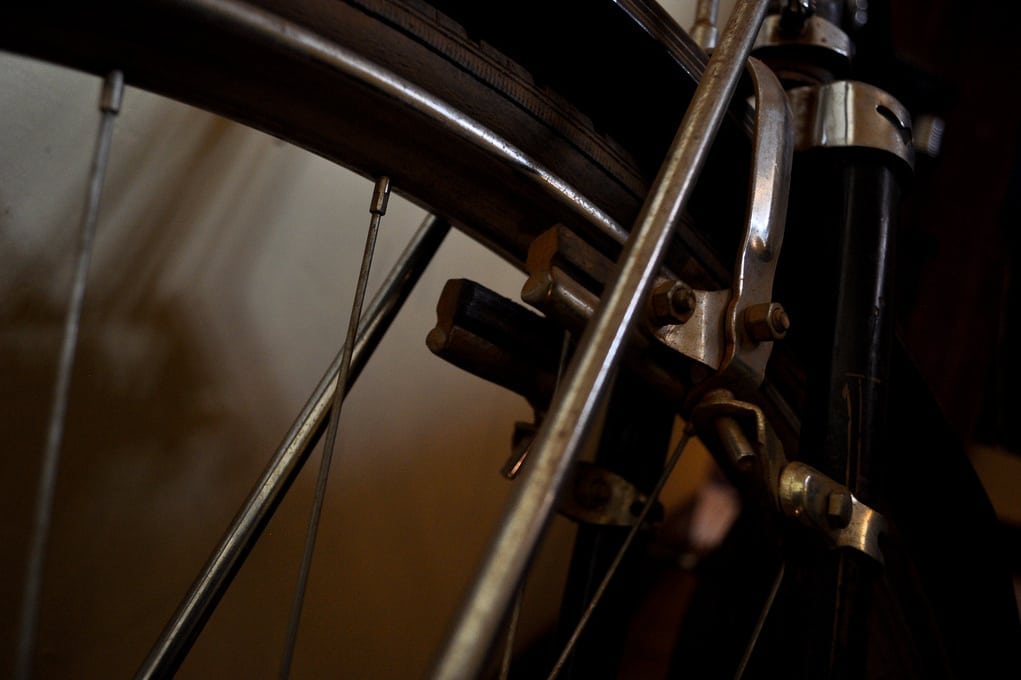Why hasn’t cold storage for produce been widely adopted in sub-Saharan Africa? Up to half of the fruits and vegetables in the region are wasted before reaching market. While the produce is rotting, one in five people in Africa—20.2 percent of the population—face hunger, according to the Food and Agriculture Organization (FAO). In that context, you might expect a product that preserves fresh produce to be quickly adopted. But ask experts in the off-grid cold storage industry in sub-Saharan Africa and they may point to two common obstacles: cold stores are difficult for rural farmers to access, and the ones that exist are often underused.
We set out to address this problem through our roles at Ecolife Foods, a cold store innovation hub in Uganda. Hadijah is a co-founder of Ecolife Foods and Kyle is a consultant R&D engineer. During a three-week design summit in Kampala, Ecolife Foods brought together engineers from the United States and Uganda, as well as local food experts, technicians, university students, entrepreneurs, and customers – a cohort of 30 in all – to better understand this challenge, create a cold storage prototype, and design business solutions. Here is what we learned.

(Left to right) Praise Tukamwebonera, electrician and project engineer for Ecolife; Sirage a recent mechanical engineering graduate of Makerere University; Ian, mechanical engineering graduate of Makerere University; Kyle Gaiser, one of the authors and a mechanical engineer; and Gavin, mechanical engineering graduate of Makerere University engage in refrigeration and air conditioning hands-on training at the Ecolife Foods design summit. Photo courtesy of the authors.
The accessibility gap
Current walk-in type cold rooms are prohibitively expensive, and are manufactured overseas, making awareness, transport, communication, and maintenance formidable challenges. Some of the lower-cost or do-it-yourself products are offered as partial kits; they tend to exclude parts such as power generation equipment (i.e. solar panels and batteries) or thermal insulation, which are costly and difficult to obtain in East Africa. Completing the kits by purchasing relatively expensive power devices and thermal insulation puts them out of reach for many of the 64% of rural Ugandans without electricity.
The trust gap
Secondly, existing cold stores are underutilized. In our experience, the problem isn’t a lack of demand, or necessarily knowledge. Fundamentally, it is a lack of trust in the cold store’s ability to maintain the qualities of food expected by the consumer, and in the new market strategies that the cold store introduces.
For example, during the summit we interviewed Joseph, a trader who had lost many pumpkins from storing them in a cold room for several months. The pumpkins were stacked in piles, leading to the unintended generation of heat, which, in turn, resulted in the spoilage. Moreover, the pumpkins had a reduced shelf life to begin with given how and when they were harvested and transported. The result was a lack of trust in the technology and its operation, and the strategies for when to harvest and when to sell. Yet demand for the cold room persisted; the trader still spoke eagerly about the potential to double or triple his margin by metering his supply to the market. Metering, by the way, also benefits consumers by stabilizing prices and availability.
Poorly conceived attempts to extend shelf life, however well-intentioned, can have consequences. For example, fungicides are often improperly applied post-harvest to prevent spoilage and can affect consumer health. And charcoal coolers may cost less than other devices, but they don’t work as well in humid tropical environments. The resulting failure of those kinds of technologies deteriorates trust in any new technology, even if there were a new thing that actually works as intended.
During the design summit, we approached the accessibility and trust gaps through a three-fold approach: foster local innovation, fine-tune operations, and tailor business models to the user needs.

(Left to right) Hadijah Nantambi, one of the authors and a cofounder of Ecolife Foods; Praise Tukamwobonera, an electrician with Ecolife; Ronald Baseme, site manager for Ecolife; and Dan Scharff, mechanical engineer and university instructor visiting Kampala from California, USA. The groups is categorizing feedback following a community field visit. Photo courtesy of the authors.
Foster local innovation
Technical innovation and local capacity building are key to making any product more accessible and trustworthy. During the summit, we prototyped a cold store design that replaced expensive batteries with ice, which freezes during the day and cools the room at night. All the materials could be sourced in East Africa and assembled and maintained using existing skilled labor.
We took a “design with” approach. We had an energetic team of two American engineers and a contingent of Ugandan mechanical engineers, electricians, cold store operators, a construction foreman, HVAC techs, and agripreneurs. Our American colleagues taught a dozen Ugandan engineers 3D modeling, refrigeration theory and design, while the Ugandans taught the team about local construction practices and materials, electrical and HVAC servicing of the refrigeration unit. This allowed us to quickly filter designs to be more suitable for the context. By the end of three weeks we had successfully modified a refrigeration unit to make 50 kg of ice in less than two hours.
When people felt the room’s coldness and witnessed the ice, their eyes grew wide and the excitement in the room was palpable. They had an intuitive understanding of the concept. Furthermore, building the capacity of the local techs and engineers enables them to solve problems in the field, which means continuous improvement occurs in-country, rather than across continents. This is essential to building customer trust.
Fine-tune operations
While interviewing our cold store users it was clear that they wanted hands-off day-to-day operations. During our follow-on sessions, we brainstormed ideas for how to clearly define the handoff of responsibilities, establish safe food handling procedures to mitigate spoilage, and train operators on the acceptable conditions and expiration dates based on produce storage requirements. For example, by storing our customer’s pineapples with compatible fruits and at the right humidity, the pineapples will retain the size and color that his consumers are used to.
The second element of operational success lies with co-developing new strategies with the cold store user, which could be a trader or a farmer. Going back to traders like Joseph, Ecolife is helping to advise on the timing of harvest, preparation for cold storage, and how to decide when the price is “ripe” to sell? For farmers the cold store becomes a central hub to network and sell directly to higher value markets, thereby bypassing intermediaries and generating more income.
Cold store businesses need to help establish these connections, which facilitates trust in the market. Without it, farmers would rather settle for an immediate but small profit. And they need to employ UX design tools, like behavior change strategies and journey mapping, alongside training based on food science. These are essential to getting the operations and strategies right.
Tailored business models
Cold stores require an investment that is too large for microenterprises. Traditional money lenders, who charge 15-20 percent annual rates, pose too much risk for someone interested in purchasing a cold room. And cold stores purchased by non-governmental organizations or governments are typically unsuccessful because they lack fine-tuned operations and a sustainable business model. Instead, business models like cooling-as-a-service, or rent-to-own, require little upfront capital or collateral from the user. After all, from a user’s perspective, their collateral is their harvest.
Relationships are the theme
The common theme that runs through each of these solutions is relationships. Strong relationships are essential to implementing cold storage; it will not succeed through technical force majeure. If you’re working in the off-grid food storage space, consider adopting a holistic strategy that includes accessible tech, tactical operations, and market-driven business models as a means to promote trust and adoption of a cold storage system.
With the new relationships and the knowledge gained during the summit, Ecolife’s goal is to refine and scale an ice-based cold storage solution that is made in Uganda, operated by Ugandans, and increases food security and income for Ugandans. If you would like to share your own experience, expertise, or need related to cold storage, contact Ecolife at https://www.ecolifefoods.org/contact.
In 2020, EcoLife Foods won the Innovate for Impact: Siemens Design Challenge by Engineering for Change and Siemens, taking the prize in the Zero Hunger category. The EcoLife Foods team introduced EcoLife Cold Room — a cold room storage solution that that reduces crop loss on farms. Targeting communities in central and southern Uganda, the cold room is made of locally sourced and recycled materials, resulting in a cooperative, affordable, and sustainable design.

